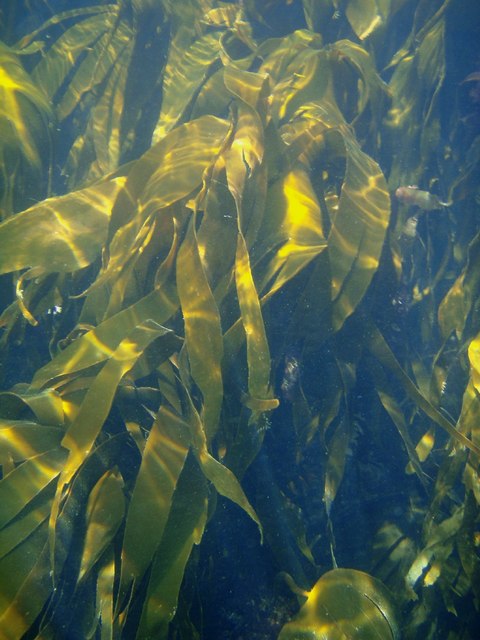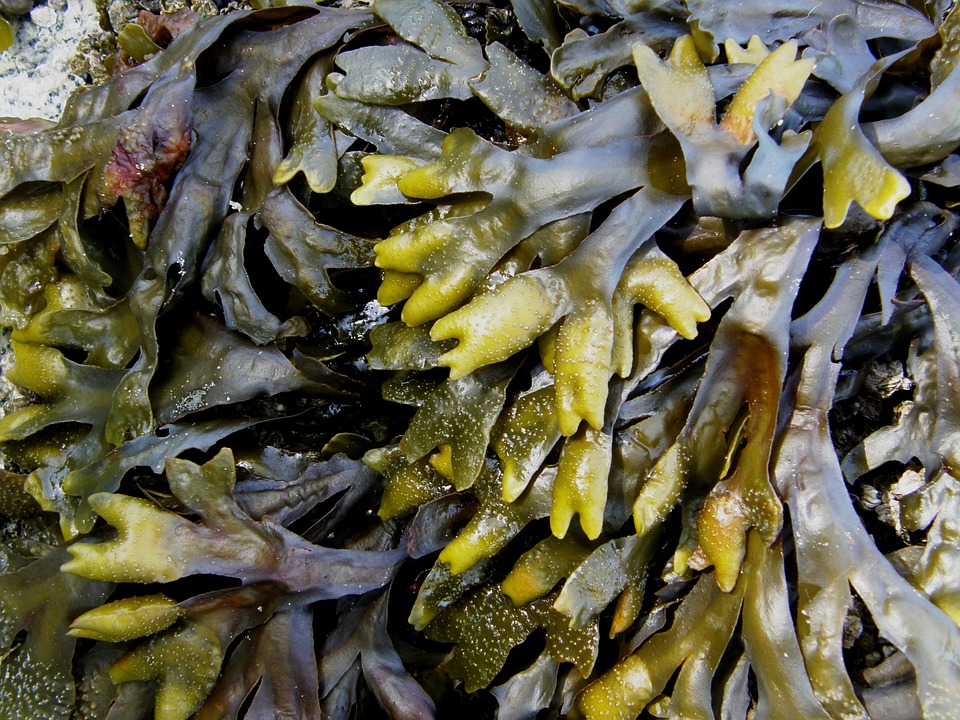Kelp Forest and Seaweed Growing
It may seem unusual to feature a subsea area in a series about gardens but this post may provide some food for thought. The oceans and seas are still capable of surprising us with a bountiful harvest including new and exotic eating experiences.

A Kelp Forest
Kelp Facts
- Kelp is part of the brown seaweed family phaeophyceae or laminariales. There are many different genera and species that grow in shallow, temperate saline water.
- All Kelps are seaweeds but not all seaweeds are Kelp
- Kelp captures and stores carbon
- Kelp provides shelter for numerous fish species. It is also a breeding ground for juvenile sea creatures and a key part of the ecostem. The fronds or leaves sway in the temperate waters across the globe including thearound the UK.
- The stipe or stalk stretches down to root in the seafloor anchoring the plant around rocks and boulders.
- Iodine is present in Kelp along with many other important minerals. There is dramatically more calcium in Kelp than a similar volume of milk.
Is Kelp Good For You?
- Kelp, produces a thickening agent used in ice cream, toothpaste and other products.
- Some kelp species are eaten in salads and as edible decorative wrapping for sushi rice.
- Kelp is used to produced Soda ash by burning.
- These uses makes it a progressively more valuable commodity. Harvesting these sea-vegetables by hand sustains several coastal communities. Mechanical kelp harvesting is too intrusive, damaging of future crops and the ecosystem but it is on the increase.
Seaweeds are primitive sea plants
- Â There are at least 10,000 different species of seaweed
- Salads can be made with Sea Lettuce or Purple Laver.
- Laver bread is made from seaweed.
- Agar and Carrageenan can be extracted from seaweed for use is used in the production of paper and toothpaste.
